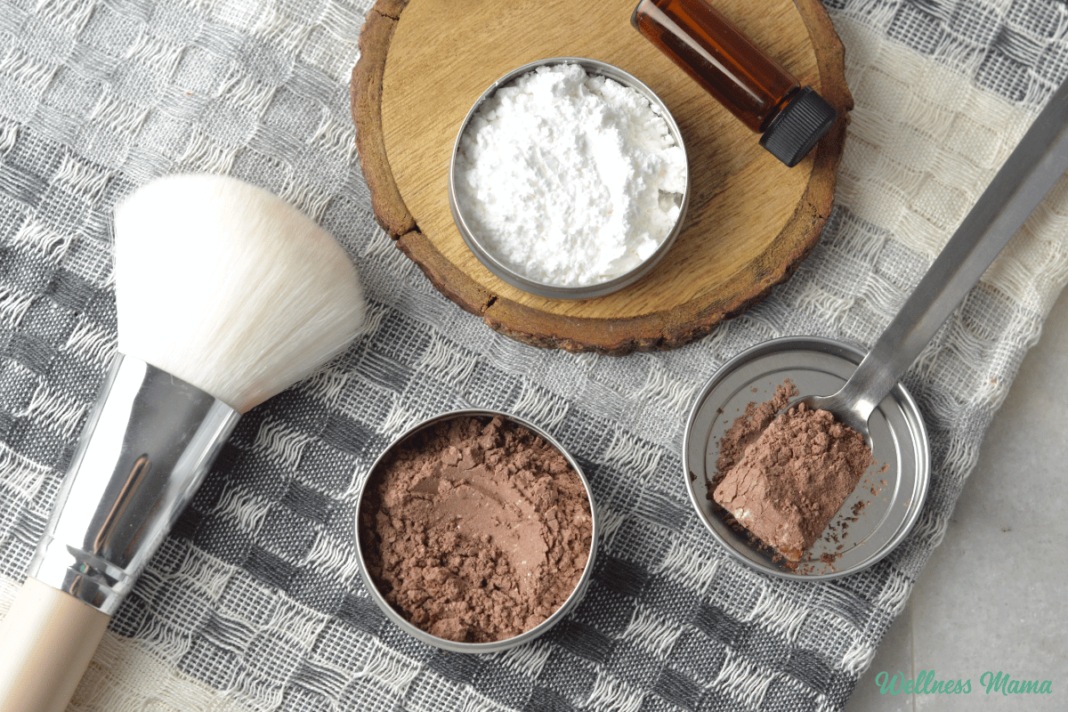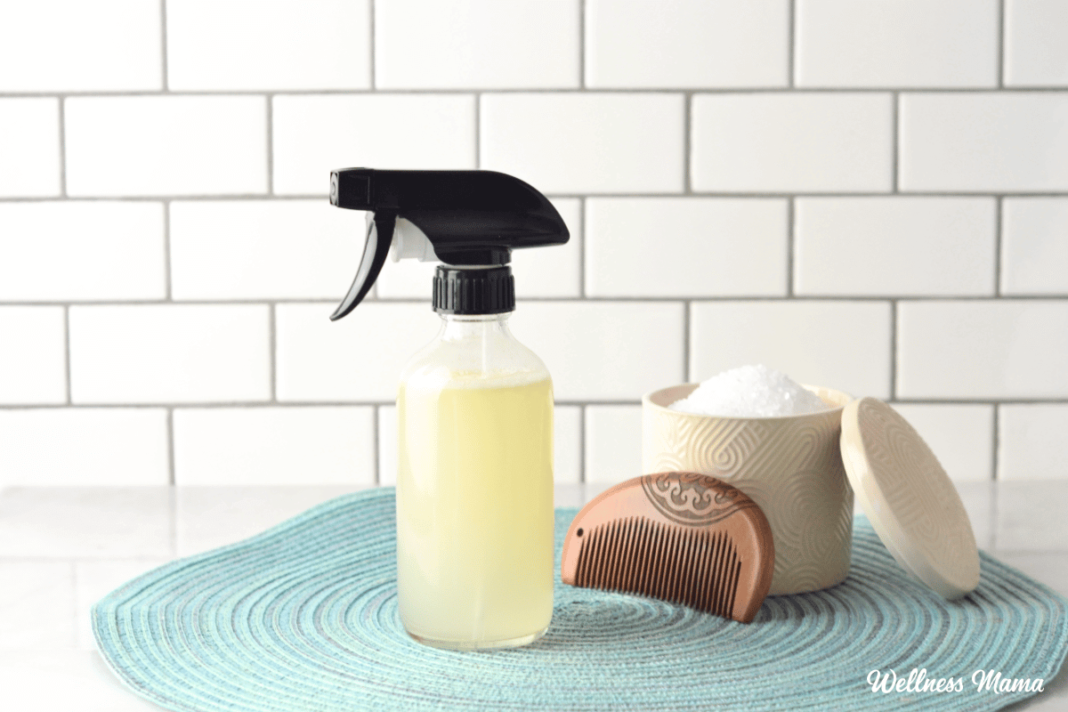We’ve all been there—running late for work, school, or a social gathering, and your hair just won’t cooperate. It’s greasy, flat, and in desperate need of a refresh, but washing it is a time-consuming hassle you don’t have time for. Enter dry shampoo, the beauty savior that promises to absorb excess oil, refresh your locks, and add volume in a matter of minutes. But as with any product, there’s more to dry shampoo than meets the eye.
While dry shampoo is a convenient way to extend the life of your hairstyle, it’s important to know what’s actually in the bottle—and whether those ingredients are truly benefiting your hair. Many commercial dry shampoos are packed with chemicals that can dry out your scalp, clog pores, or even leave an unpleasant buildup in your hair. Fortunately, you don’t have to rely on these conventional products to keep your hair fresh. With a little creativity, you can make your own dry shampoo at home using simple ingredients that work wonders.
Why Use Dry Shampoo?
Dry shampoo isn’t just a quick fix for greasy hair—it’s a game-changer for anyone who wants to reduce the frequency of hair washing. Over-washing your hair can strip it of natural oils, leading to dryness and irritation. In contrast, using dry shampoo allows you to give your hair a break from daily washing, helping preserve your scalp’s natural balance while keeping your hair looking clean and voluminous.
Dry shampoo can also be a lifesaver on busy mornings when there’s no time to wash, dry, and style your hair. A quick spray or sprinkle of dry shampoo can absorb excess oil, add texture, and even refresh your hairstyle from the day before, saving you time and effort. It’s also a great option for those who don’t want to damage their hair with heat styling tools or frequent washing.
The Problem with Store-Bought Dry Shampoos
While dry shampoo is an excellent tool for quick fixes, not all commercial products are created equal. Many mainstream dry shampoos are loaded with synthetic fragrances, alcohol, and aerosol propellants, which can be harmful to your hair and the environment. Some of these chemicals can strip your hair of its natural oils, leading to dryness and irritation on the scalp.
Additionally, many dry shampoos contain aluminum-based compounds, which can build up over time and clog hair follicles. This buildup can cause scalp issues like dandruff, itching, or even hair thinning if not properly managed. And let’s not forget about the plastic waste created by aerosol cans, which can contribute to environmental pollution.
For those seeking a more natural, eco-friendly alternative, DIY dry shampoo is the perfect solution. By using simple, natural ingredients, you can create a custom dry shampoo that meets your specific hair needs while avoiding the harmful chemicals in commercial products.
DIY Dry Shampoo: A Natural Alternative
Making your own dry shampoo is easier than you might think. With just a few basic ingredients, you can create a formula that works for your hair type and texture. Plus, it’s a cost-effective option that eliminates the need for aerosol cans and the chemicals that come with them.
Here’s a basic recipe for homemade dry shampoo:
Ingredients:
- 1/4 cup arrowroot powder (or cornstarch)
- 2 tablespoons cocoa powder (for darker hair) or cinnamon (for lighter hair)
- 5-10 drops essential oil (optional, for fragrance)
Instructions:
- Mix the Base: In a small bowl, combine the arrowroot powder and cocoa powder (or cinnamon, depending on your hair color). Arrowroot powder acts as the oil-absorbing base, while the cocoa powder or cinnamon adds a subtle tint to blend with your hair color.
- Add Essential Oils: Add a few drops of your favorite essential oil for fragrance. Lavender, rosemary, and peppermint are all great choices, and they also offer additional benefits for scalp health.
- Store and Apply: Transfer your mixture into a small jar or a container with a shaker top. To apply, use a makeup brush, old mascara wand, or just your fingers to sprinkle the powder onto your roots. Massage it into your scalp to distribute the product and absorb excess oil. Then, brush through your hair to remove any excess powder and style as desired.
Tips for Customization:
- If you have very dark hair, you can add more cocoa powder to your dry shampoo to ensure it blends seamlessly with your natural color.
- For light or blonde hair, try using a mixture of arrowroot powder and a touch of cinnamon to create a lighter formula.
- If you want to add extra texture and volume to your hair, you can include a small amount of sea salt to your dry shampoo mixture. The salt will help create that lived-in, beachy look while absorbing oil.
The Benefits of Homemade Dry Shampoo
- Natural Ingredients: By making your own dry shampoo, you can avoid the synthetic chemicals found in many commercial products. Arrowroot powder and cocoa powder are natural ingredients that are gentle on your scalp and hair, offering oil absorption without the harsh side effects.
- Customizable for Your Hair: Unlike store-bought dry shampoos, homemade versions can be customized to suit your hair color, texture, and needs. Whether you need a lighter formula for fine hair or a stronger blend for thicker hair, you can adjust the ingredients to create the perfect dry shampoo for you.
- Cost-Effective: Store-bought dry shampoos can be expensive, especially if you use them frequently. Making your own allows you to stretch your budget while still enjoying the benefits of fresh, voluminous hair.
- Eco-Friendly: By skipping the plastic packaging and aerosol cans, you’re making a positive environmental choice. You can reuse old containers or purchase refillable ones to reduce waste.
- Healthier Hair: Homemade dry shampoo helps to preserve your hair’s natural oils while absorbing excess oil. Since it doesn’t contain alcohol or harsh chemicals, it’s less likely to dry out your hair or irritate your scalp.
How to Use Dry Shampoo Effectively
To get the most out of your homemade dry shampoo, there are a few key techniques to keep in mind:
- Apply on Dry Hair: Dry shampoo works best when applied to dry hair. Make sure your hair is completely dry before applying to avoid clumping.
- Focus on the Roots: Concentrate the product on the roots, where oil tends to accumulate. This will help revitalize your hair and prevent it from looking flat or greasy.
- Massage It In: Once applied, massage the dry shampoo into your scalp to ensure even distribution. This will help the powder absorb the oil and provide the lift you need.
- Brush Through: After massaging, use a brush to evenly distribute the product and remove any excess powder. This will help prevent any white residue from showing up in your hair.
Conclusion: A Fresh Approach to Haircare
Dry shampoo is a must-have for many of us, offering a quick fix for greasy hair and giving our locks a much-needed refresh. However, commercial versions often come with their fair share of drawbacks, from drying chemicals to environmental impact. By making your own dry shampoo at home, you can enjoy all the benefits of a fresh, voluminous hairstyle while using natural ingredients that are gentle on your hair and the planet.
Whether you’re looking to save time, extend the life of your hairstyle, or simply want a more sustainable option, homemade dry shampoo is an easy, affordable, and effective solution. With just a few simple ingredients, you can have clean, refreshed hair in minutes, without the chemicals or hassle of traditional washing. Embrace the power of natural beauty, and give your hair the care it deserves.





